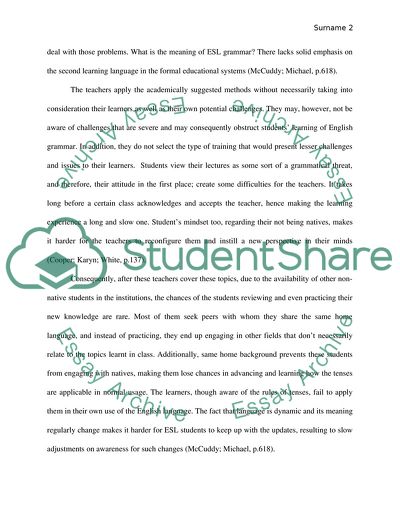Cite this document
(Teaching Issues Related to the Tenses Coursework, n.d.)
Teaching Issues Related to the Tenses Coursework. https://studentshare.org/education/1864401-teaching-issues-related-to-the-differences-and-similarities-between-the-present-perfective-and-the-simple-past
Teaching Issues Related to the Tenses Coursework. https://studentshare.org/education/1864401-teaching-issues-related-to-the-differences-and-similarities-between-the-present-perfective-and-the-simple-past
(Teaching Issues Related to the Tenses Coursework)
Teaching Issues Related to the Tenses Coursework. https://studentshare.org/education/1864401-teaching-issues-related-to-the-differences-and-similarities-between-the-present-perfective-and-the-simple-past.
Teaching Issues Related to the Tenses Coursework. https://studentshare.org/education/1864401-teaching-issues-related-to-the-differences-and-similarities-between-the-present-perfective-and-the-simple-past.
“Teaching Issues Related to the Tenses Coursework”. https://studentshare.org/education/1864401-teaching-issues-related-to-the-differences-and-similarities-between-the-present-perfective-and-the-simple-past.


